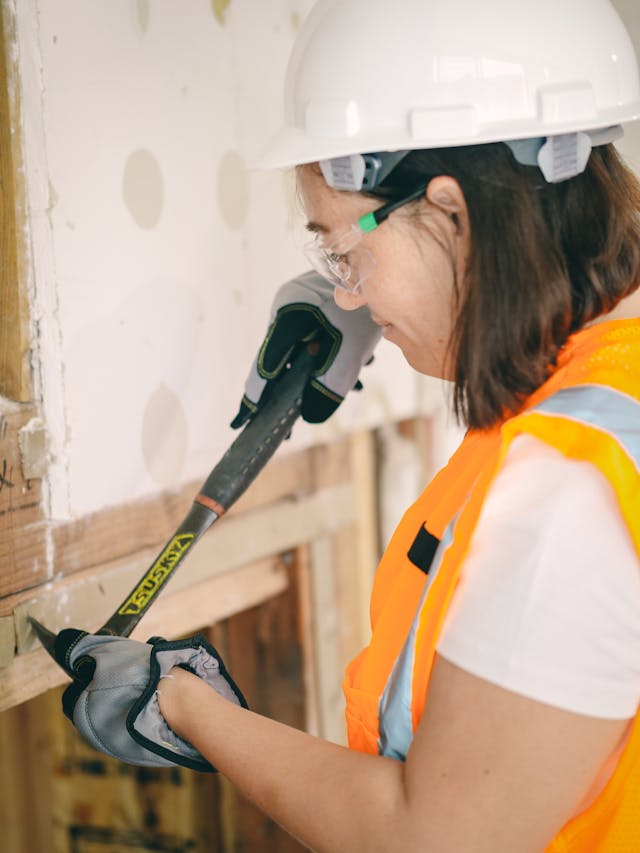
Bechtel, one of the world’s largest construction and engineering firms, has released an unprecedented public letter detailing the causes and corrective measures following a tragic incident at its Port Arthur LNG project in Texas earlier this year that claimed the lives of three workers.

In the open letter, published this month and signed by Craig Albert, president and chief operating officer, and Paul Marsden, president of Bechtel’s energy division, the company outlined seven contributing factors that led to the fatal accident and the corrective actions now being implemented across its operations.
“The purpose of sharing our findings is to promote transparency, accountability, and learning, helping Bechtel—and the wider industry—anticipate risks and act proactively on safety,” the letter reads.
The fatal event occurred on April 29, when a five-person crew was performing a formwork jump — a process that involves lifting and resetting a multilayered formwork system higher on a tank. At approximately 1:44 a.m., the platform the crew was standing on collapsed, causing three workers — Reginald Magee, Felipe Mendez, and Felix Lopez Sr. — to fall to their deaths, while two others sustained injuries.
Bechtel’s investigation found that an improperly attached bracket made the platform unstable, and although all three deceased workers were wearing fall protection, their fall arrest lanyards were not connected to an approved anchorage point. The two survivors had properly anchored their lanyards.
Other major findings revealed by Bechtel include:
To address the failures, Bechtel’s leadership announced a comprehensive plan to strengthen training, oversight, and consistency in its safety practices.
Among the new measures are:
“Our safety culture has been a point of pride, built through thousands of actions over many decades,” wrote Albert on LinkedIn earlier this year. “In the wake of this heartbreaking event, we are committed to understanding exactly what went wrong and ensuring we do everything possible to prevent it from ever happening again, at Bechtel or anywhere.”

Industry experts note that Bechtel’s decision to publicly release findings ahead of potential OSHA citations is highly uncommon in the construction sector, where fatal jobsite investigations often remain confidential due to ongoing litigation.
“This is a refreshing way of sharing the information. Ultimately a learning culture can’t happen if you’re not having openness,” said Jim Frederick, principal of NexusHSE and former deputy assistant secretary of OSHA.
Frederick added that Bechtel’s disclosure came roughly three weeks before OSHA’s deadline to issue a citation — a six-month period that continues even during the government shutdown. As of publication, OSHA had not yet issued any citations related to the incident.
Bechtel’s decision marks one of the most transparent responses to a fatal workplace incident in recent memory, highlighting an industry shift toward proactive learning and cultural accountability.
Safety experts suggest that Bechtel’s open-letter approach could set a new precedent for how major contractors handle serious incidents — balancing the legal and reputational risks of disclosure with the moral and professional responsibility to prevent recurrence.
By publishing its findings, Bechtel not only acknowledges specific operational lapses but also signals a larger commitment to systemic improvement. Its efforts could influence how safety management is approached across the broader energy and industrial construction sectors, where complex, high-risk operations are routine.
The firm’s Port Arthur LNG project, developed in partnership with Sempra Infrastructure, is among the largest energy infrastructure projects in Texas and part of Bechtel’s growing LNG portfolio. The renewed emphasis on safety may shape how the company — and its peers — manage risk across similarly large and technically challenging projects.
Originally reported by Zachary Phillips in Construction Dive.